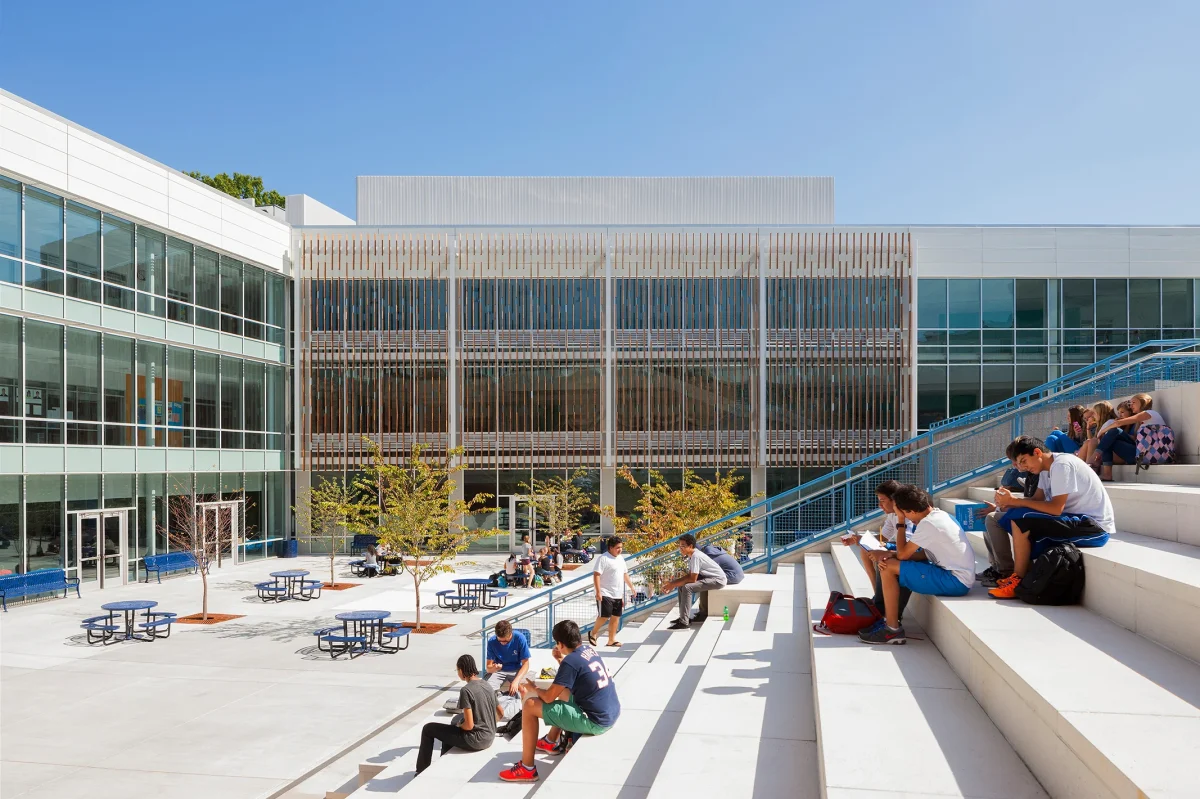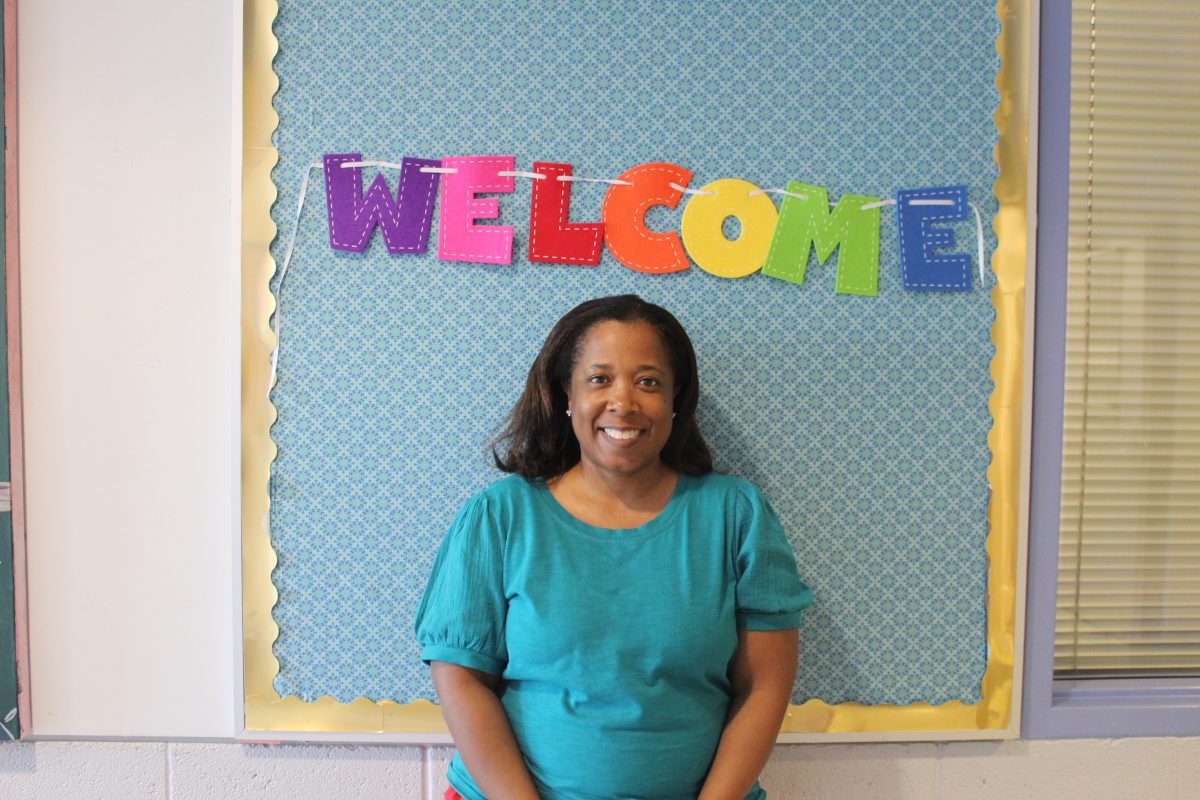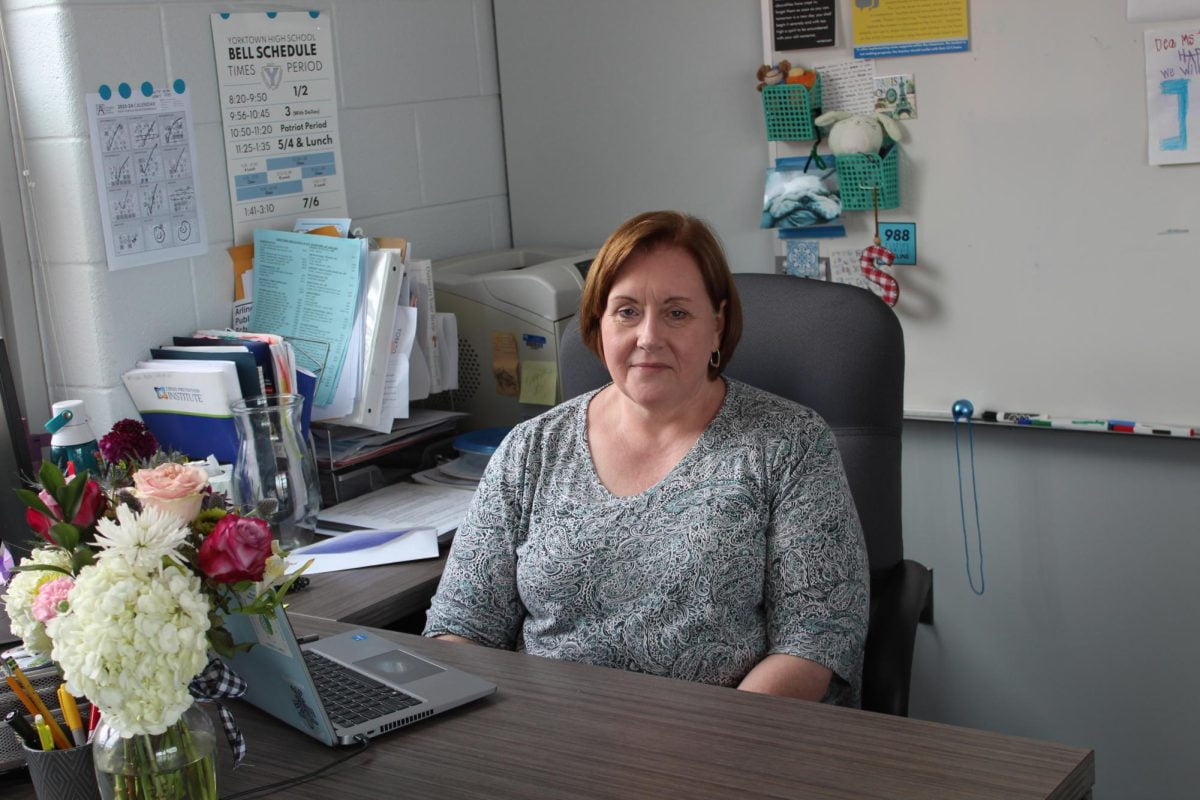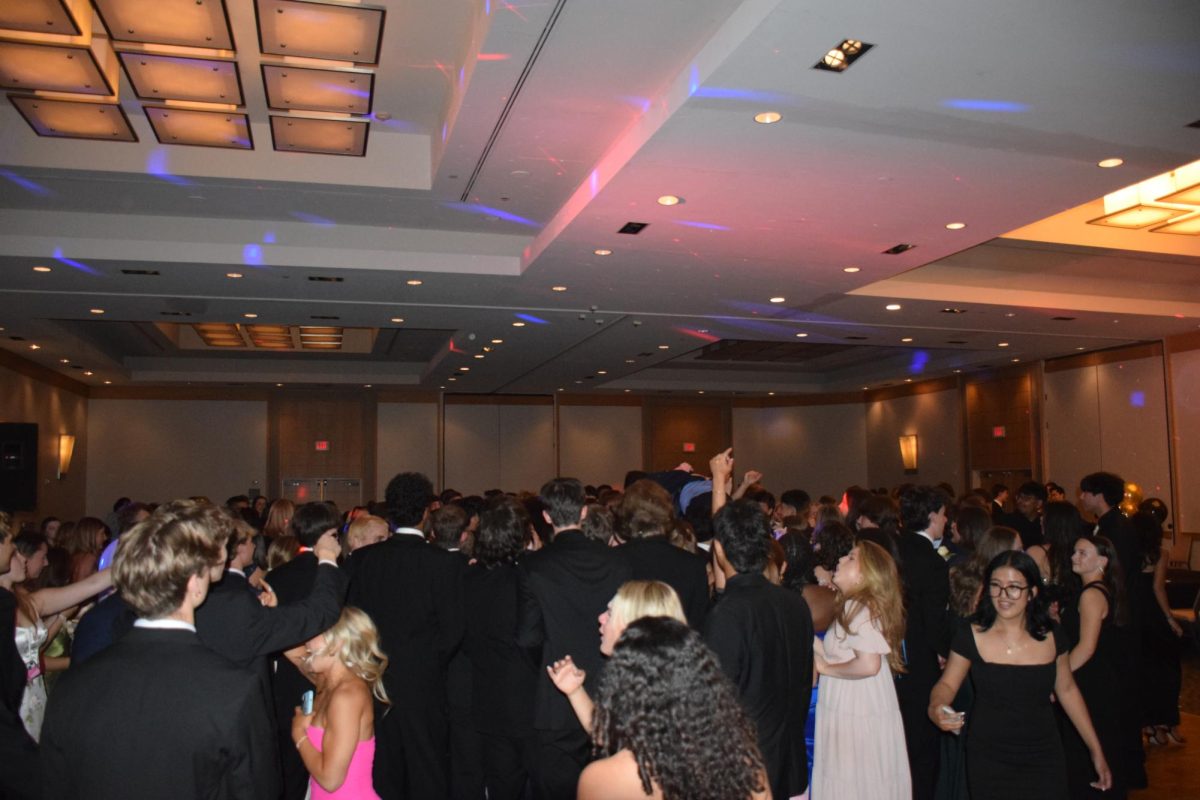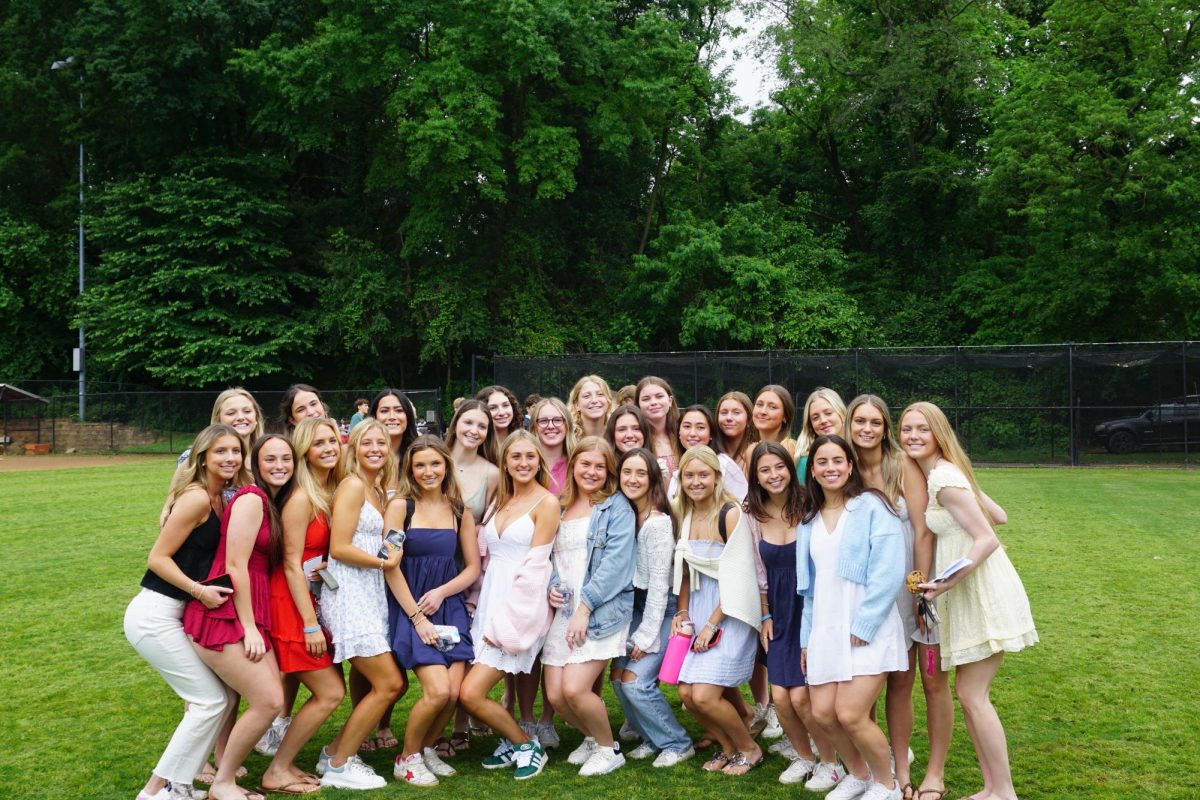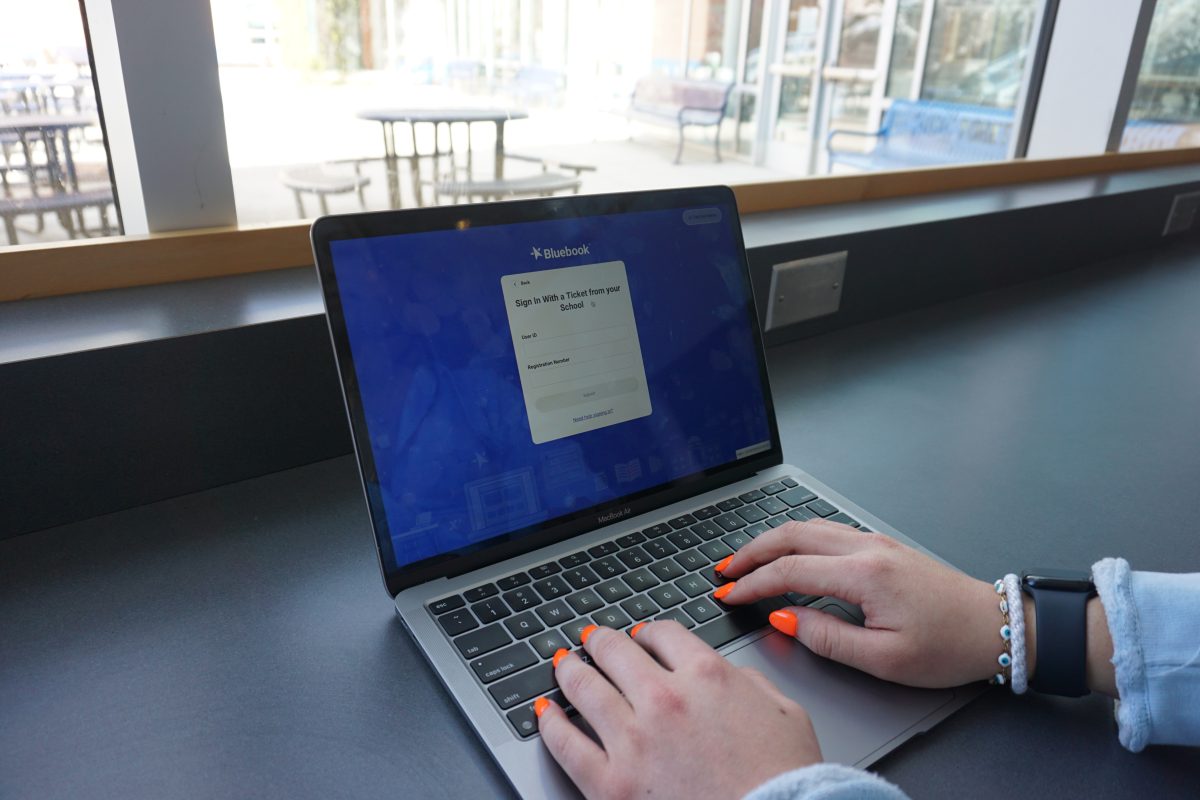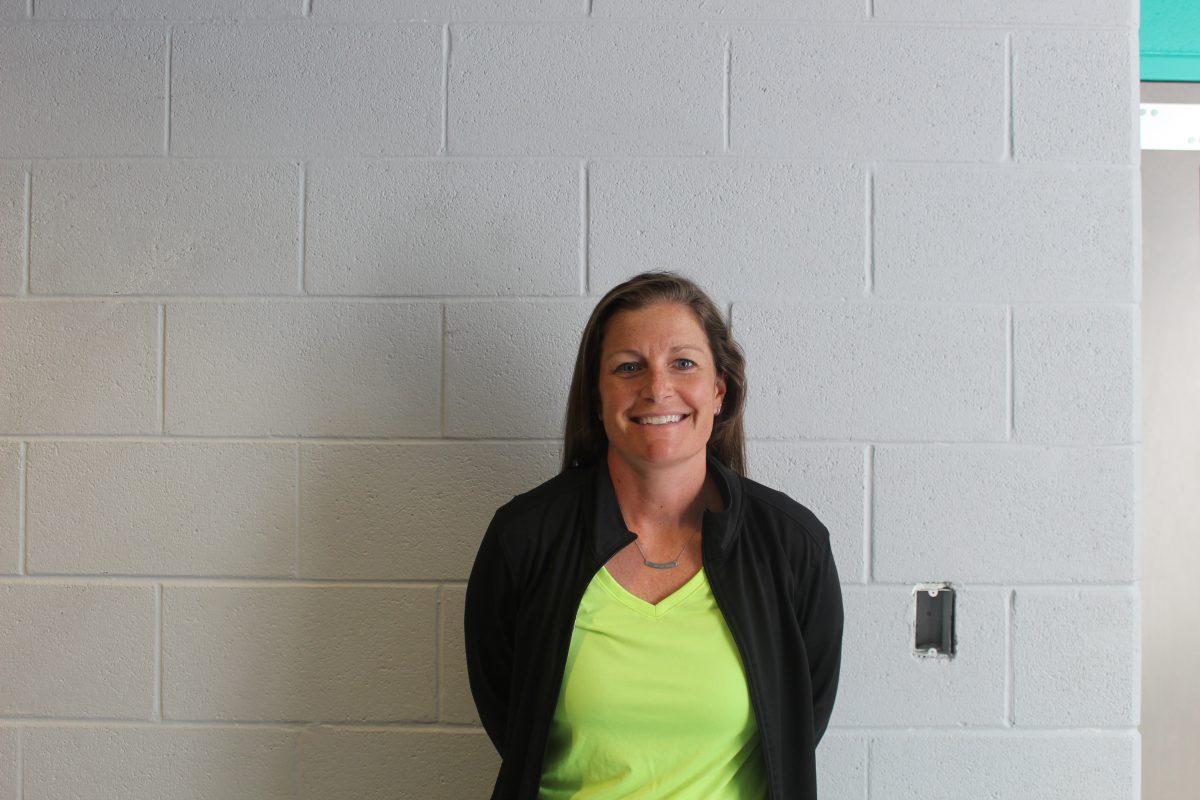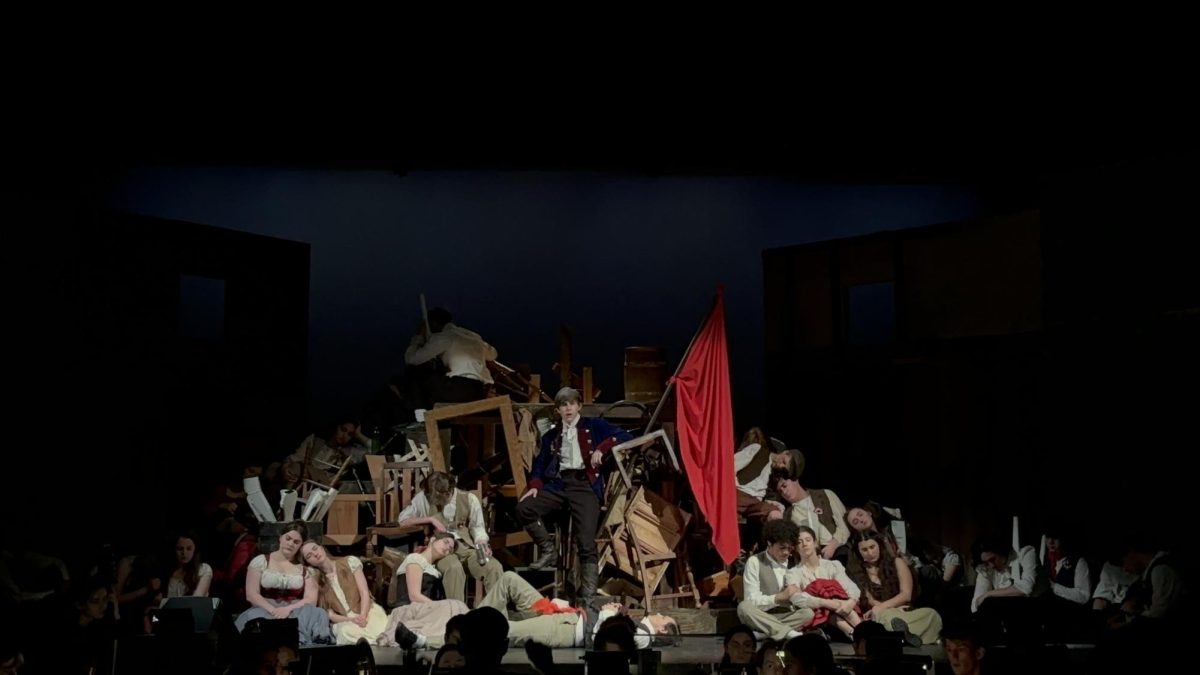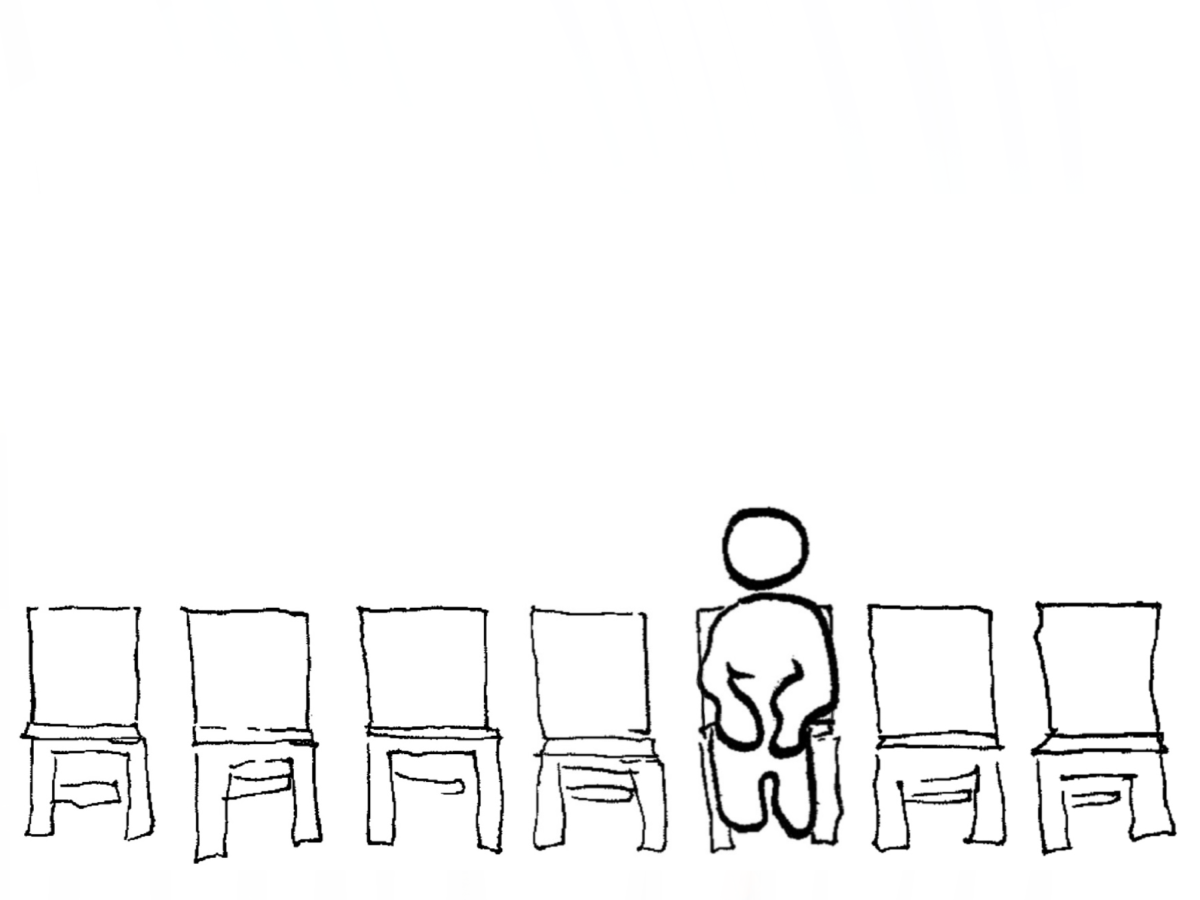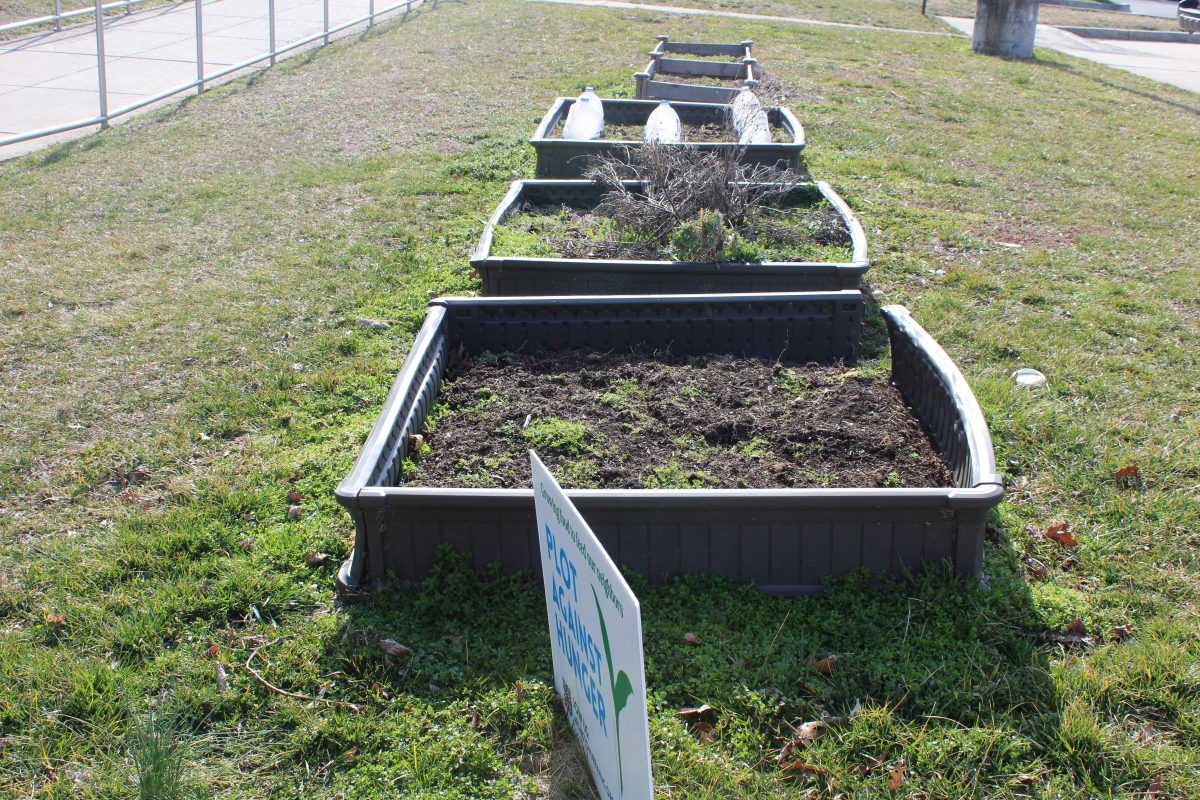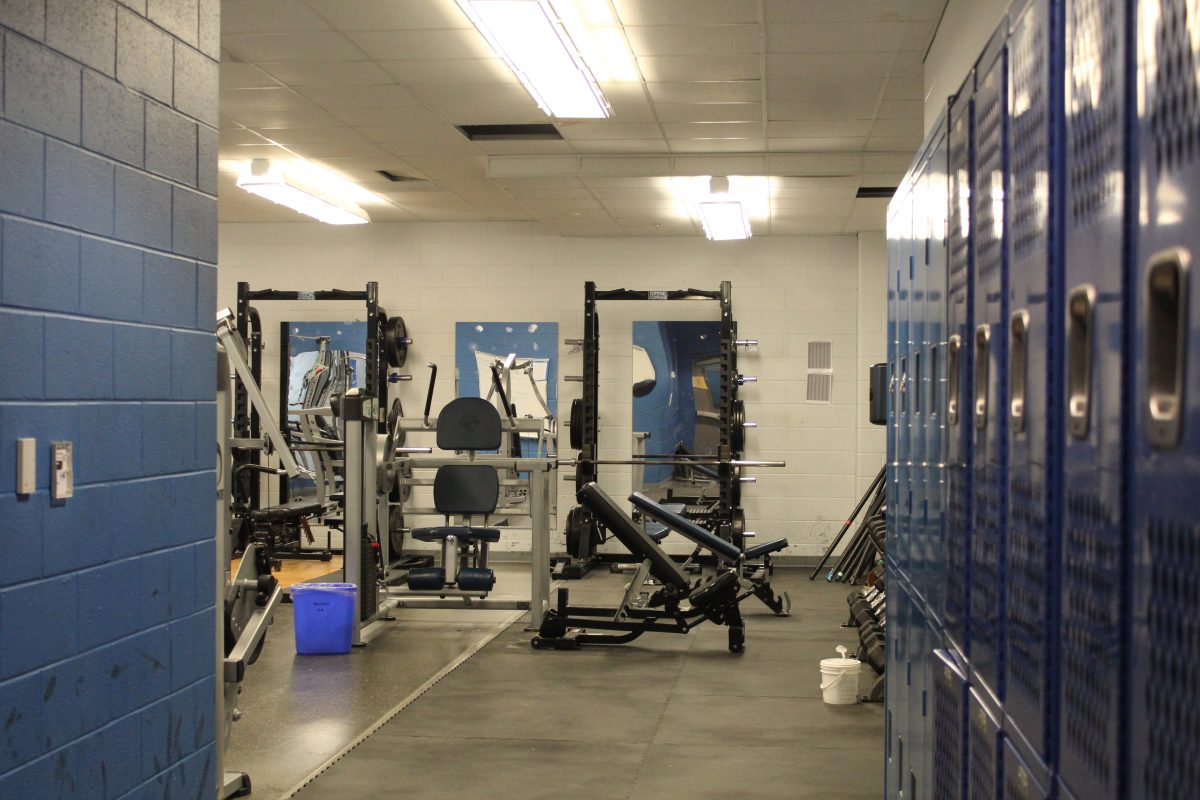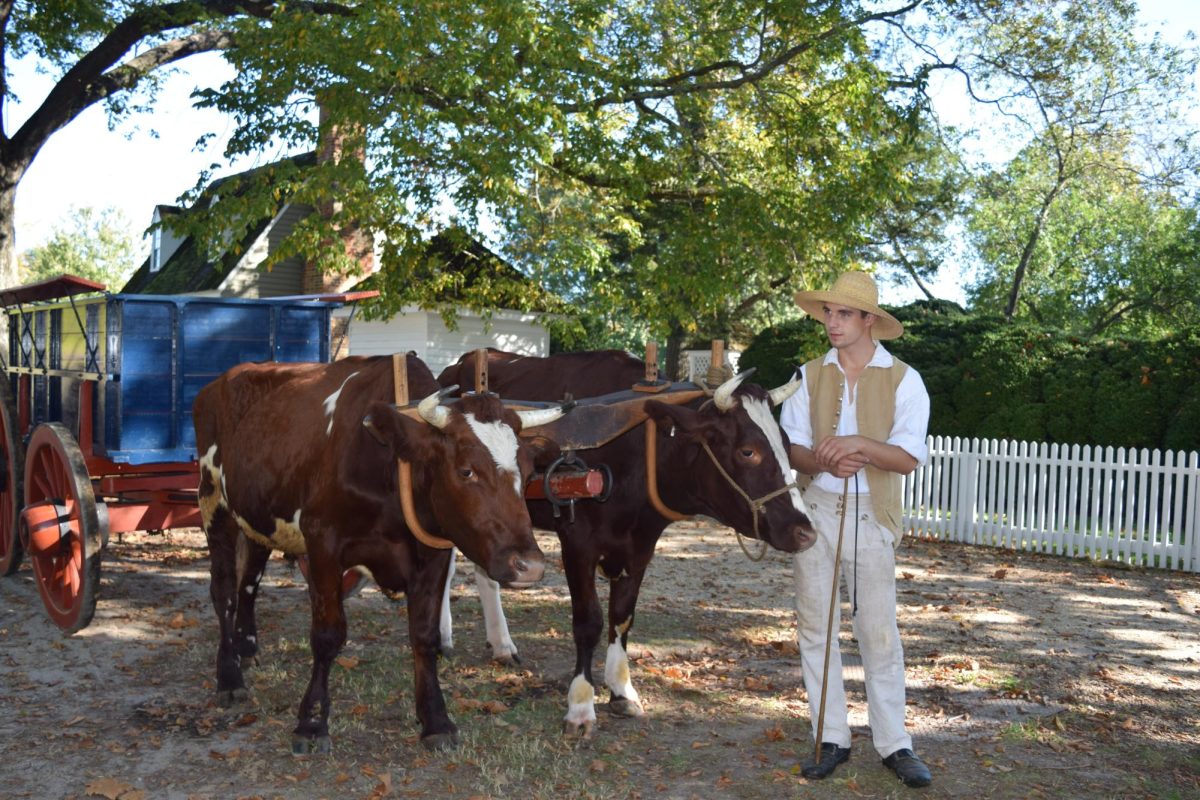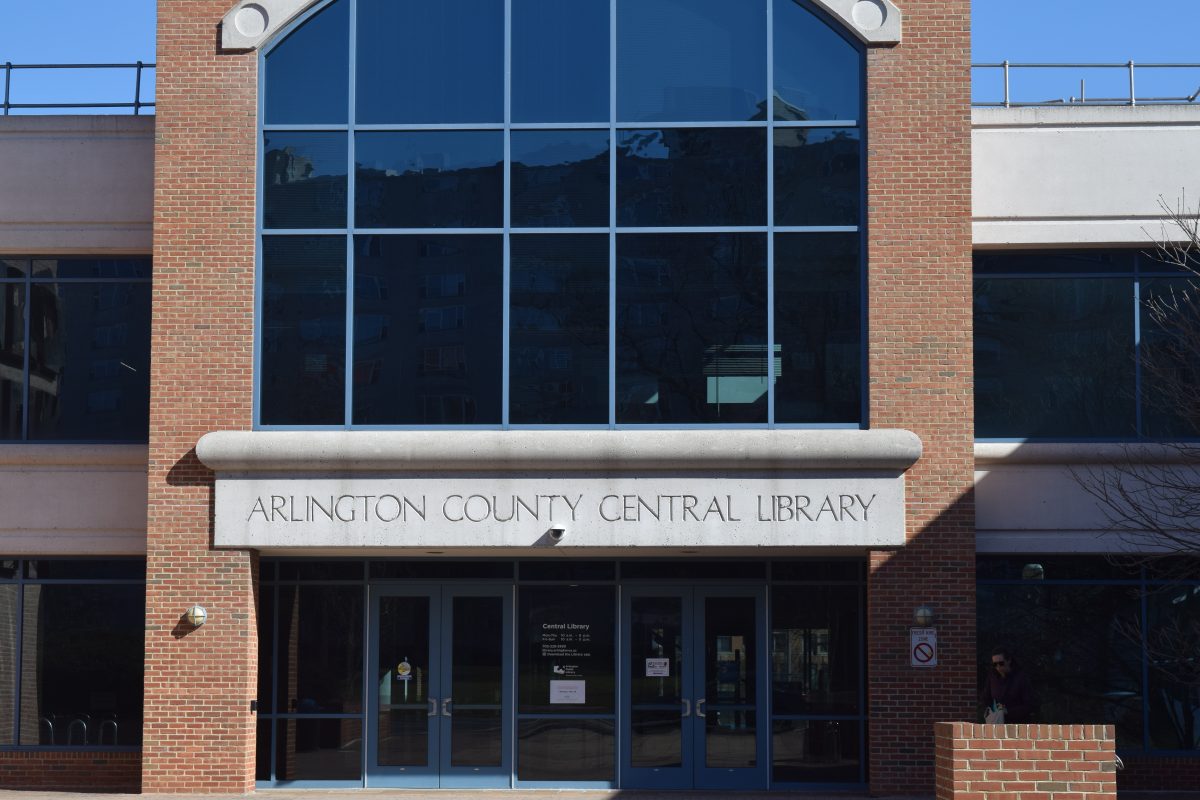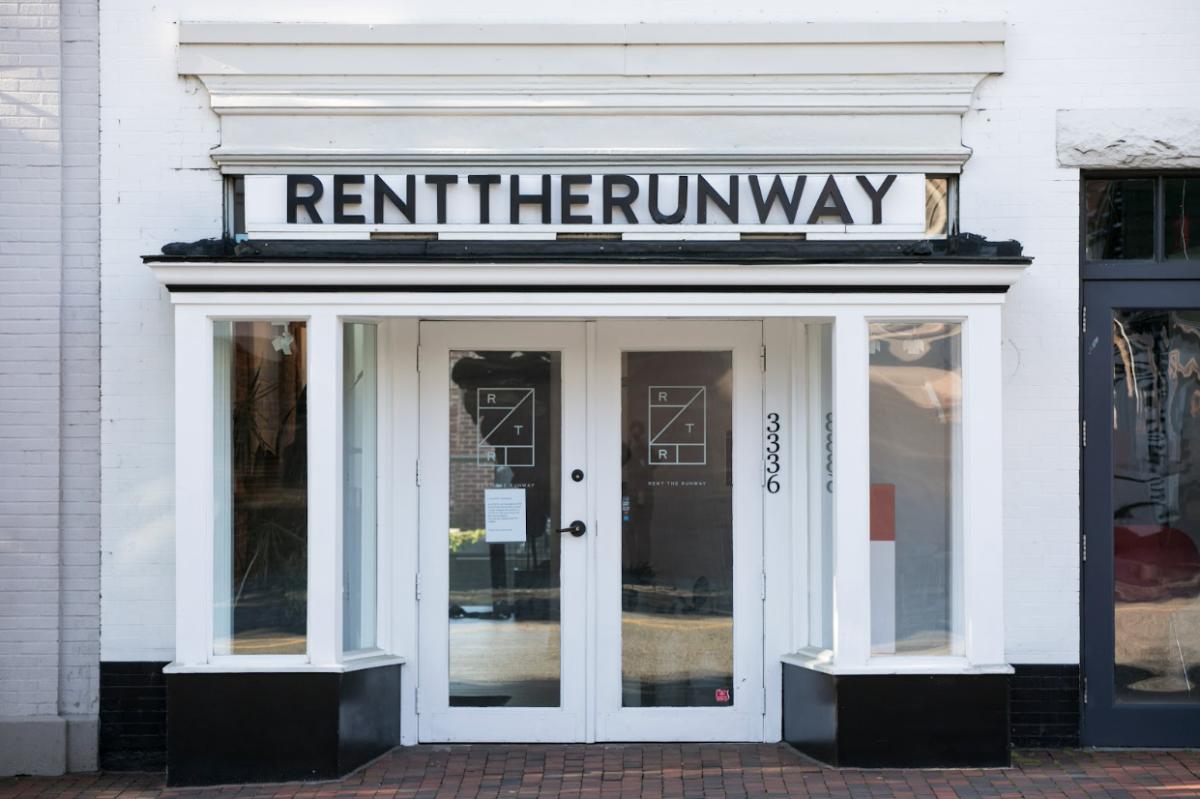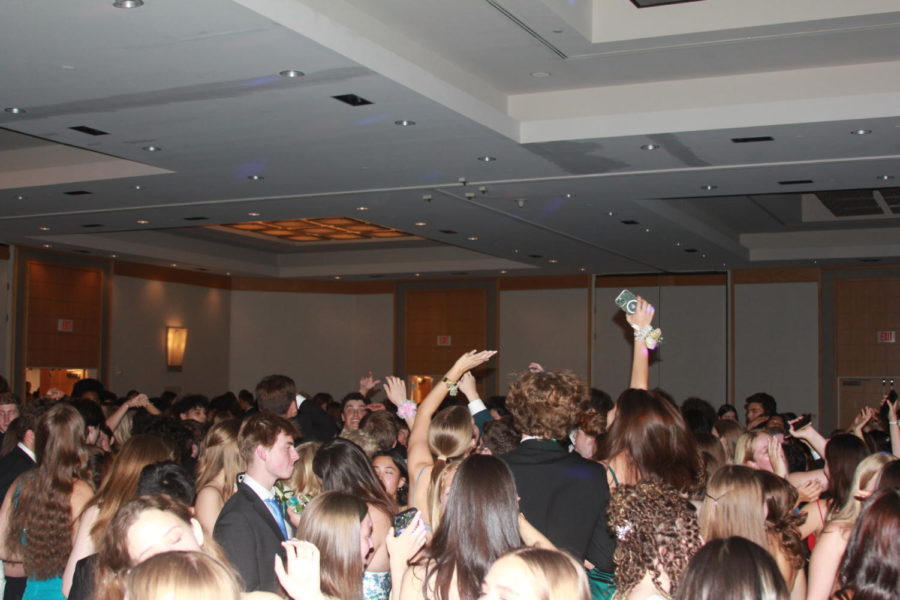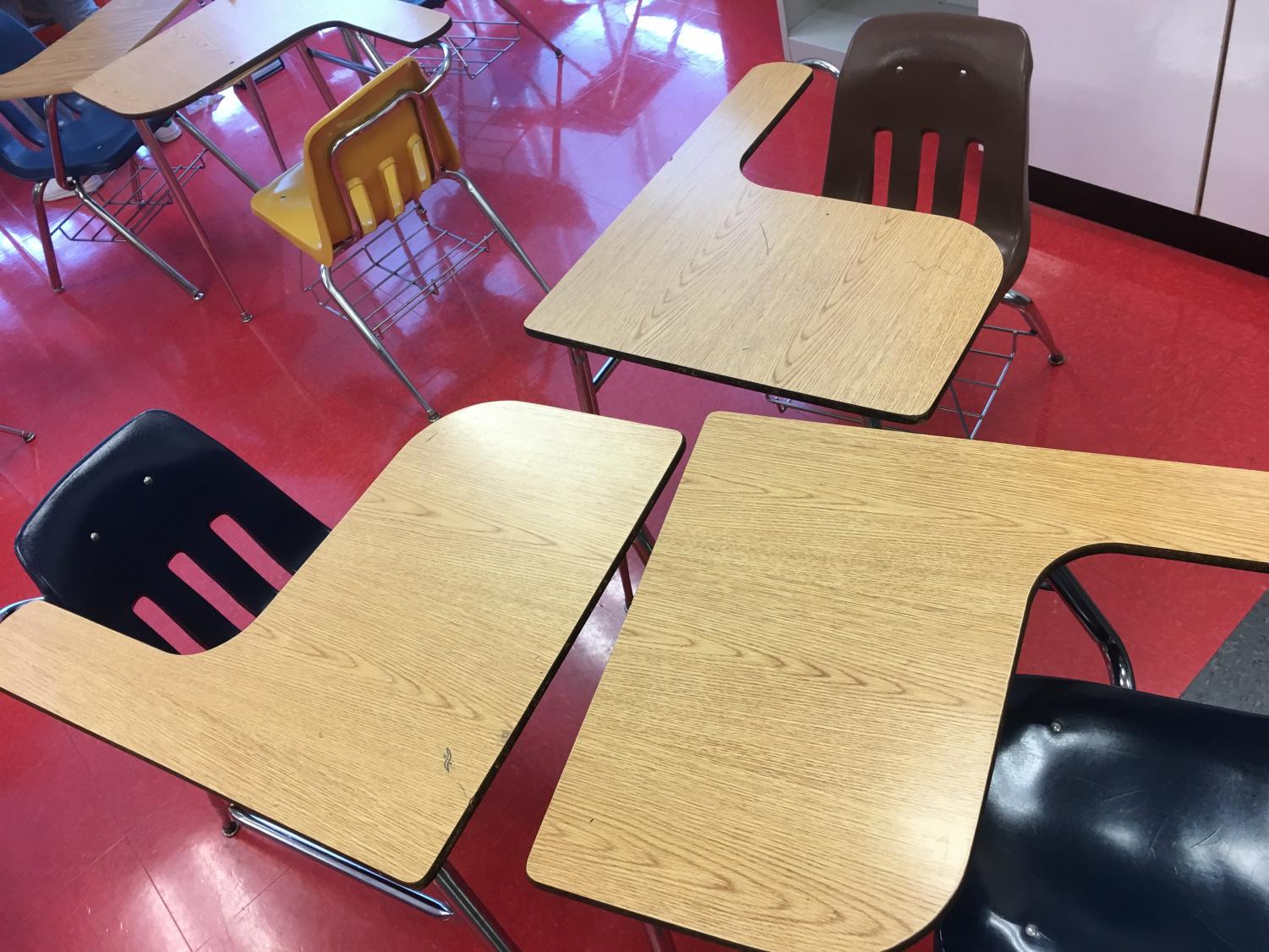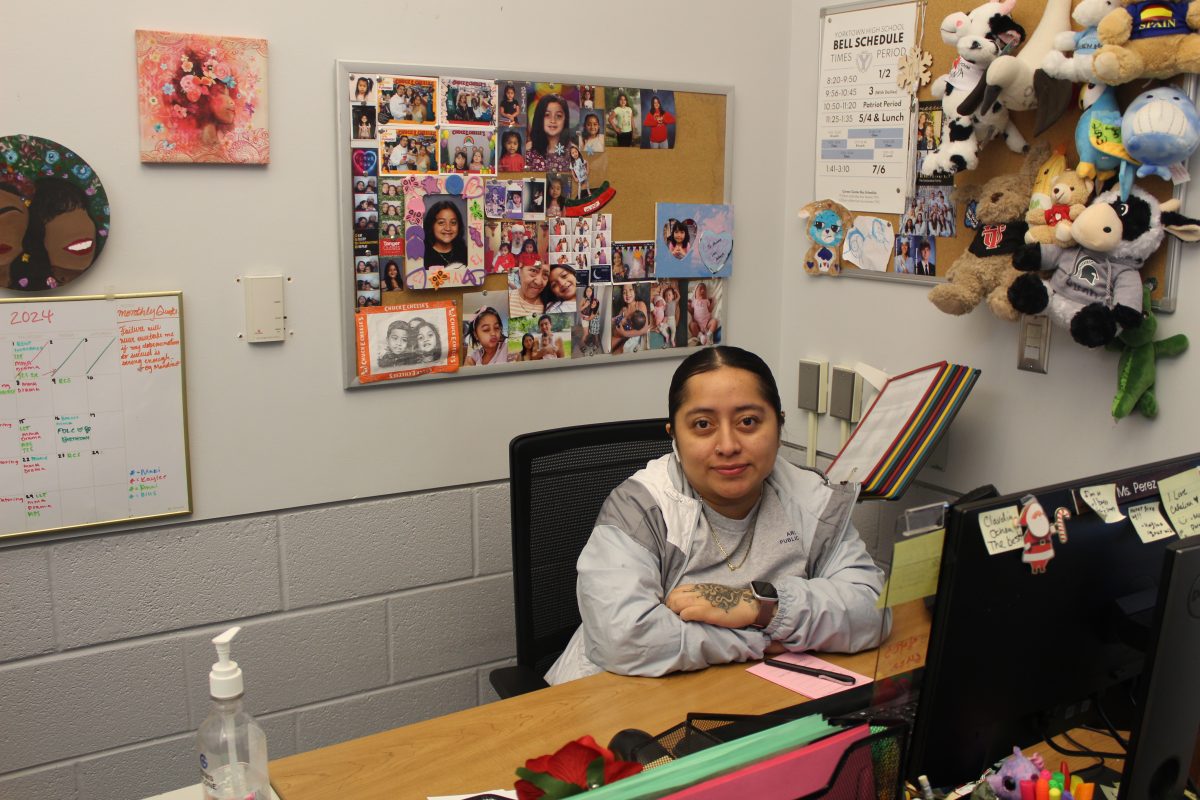From desks in rows, to desks in groups, to tables with chairs, students find themselves learning in a variety of classroom settings throughout each school day. This multitude of arrangements reflects different views by teachers on how students learn best. Students also have their own preferences on different classroom arrangements and the optimal classroom setting.
Desks in rows facing the board is one of the more traditional arrangements. It is also the typical model for lectures: the teacher in the front talking while the students take notes at their individual desks. Some students find this arrangement to be boring or less social, while others enjoy having their own desk with a chair attached, facing the front of the classroom. Junior Frances O’Connor prefers this arrangement over others.
“I like separate desks in rows because I feel like it’s easier to have your own space…[and] it’s easier to see the teacher and what’s going on than when you’re in tables and you might have to shift around,” O’Connor said.
Senior Virginia Hosty also favors desks in rows facing the front of the classroom versus other alternatives where not all students are facing the same direction.
“I think it’s easier to concentrate [because] everyone’s facing the board,” Hosty said.
A hybrid between the traditional desks in rows and in groups is having desks in rows facing each other rather than the front of the classroom. English teacher Christopher McIntosh uses this arrangement and believes it is an effective way to blend structure and collaboration.
“Not everyone is facing the teacher at all times, [students] can see their other classmates while we have classroom discussions… it’s as orderly as rows but as personal as groups,” McIntosh said.
Desks arranged in groups is a popular choice for teachers who want to foster collaboration. History teacher Traci Selden recently switched from desks in rows facing each other to desks grouped in threes, and she is already seeing the advantages of this new arrangement.
“I like the idea that people who may not generally speak to each other will have the chance to speak to each other and get to know each other a little bit better… I also have noticed, especially in my freshman classes, that they’re helping each other a lot,” Selden said.
History and Government teacher Ryan Zito prefers this arrangement as well.
“I prefer desks to be in groups over desks in rows. I think that being able to collaborate and talk over ideas, especially in the social studies, is really crucial to forming understanding of some of the concepts,” Zito said.
English teacher Adam Sheppard also sees the benefits of having desks in groups.
“Student-wise, I think [having desks in groups] works very well for small group discussion… [also] it gives me access to most of the students… being able to be close to them, answer questions [and] see what students are working on,” Sheppard said.
Social Skills teacher Lisa Troiano feels that students sitting together in groups is the optimal arrangement for her class.
“In my classroom I have both groups of desks together and also real tables… I teach a unique class which is Social Skills so the whole purpose of it is collaboration and group work,” Troiano said.
Having students sit at tables surrounded by chairs, rather than in desks, is another option that many teachers elect to use in their classrooms. Government teacher Diane Holland has tables in her class and finds this arrangement extremely beneficial.
“The option I prefer is to have tables, and I like the tables more because it’s easier to put [students] in groups… it’s easy for [students] to have people to talk to about a particular assignment rather than where [they] have to drag a desk some place or lean across an aisle,” Holland said.
Senior Lainey Anderson prefers Holland’s classroom arrangement over other alternatives.
“I like the tables… I can have a lot of space to spread out my stuff… I don’t like desks because they’re really small and I can’t spread out my [materials],” Anderson said.
Spanish teacher Margaret Johnson also uses tables in her classes, in addition to having students sit in chairs without desks.
“Currently I have two options that I go back and forth between. One is just a large circle with chairs and no desks, and the other option when students have to do a lot of writing is tables,” Johnson said.
Johnson feels that this arrangement is beneficial because it makes both herself and classroom resources accessible to students.=
“If everyone is not deep back in rows then everyone has a front row seat… everyone can easily access the information they need, I can easily access the students to help them, and students may feel… that it’s easier for them to get up, move around, get what they need, get dictionaries [and] come ask me questions,” Johnson said.
When it comes to classroom arrangements, there are a plethora of options for teachers to choose from. Many teachers favor group collaboration- which is enhanced by having tables or desks grouped together in their classrooms. Flexible arrangements are also becoming popular among teachers as they seek ways to enhance their students learning and their own accessibility. Teachers are all striving to create the optimal learning environment within their classrooms for their students.

